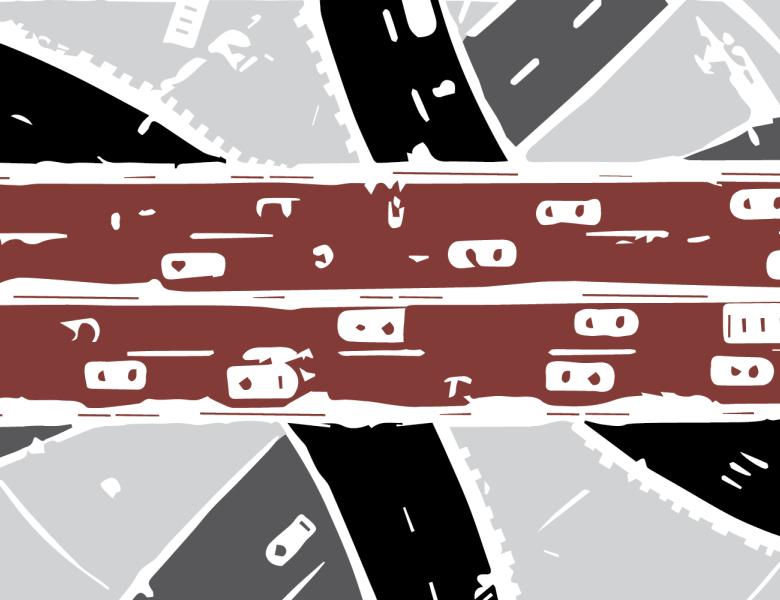
Abstract
Around 2030, the High-Energy Large Hadron Collider (LHC) experiments will face multiple order-of-magnitude increases in data volume and rate. The high computational complexity of traditional pattern recognition algorithms will limit the experiments ability to track charged particles in real-time and consequently their capacity to discover New Physics phenomena. We discuss the essence and potential of Quantum Associative Memory (QuAM) - a quantum alternative to state-of-the-art associative memory systems used at the LHC - in the context of operational requirements of LHC real-time charged track pattern recognition. We examine the quantum circuits implementing storage and recall QuAM protocols, theoretical probability bounds, practical limits of QuAM storage capacity and difficulties of implementing the QuAM on the latest IBM Quantum Experience processors.


